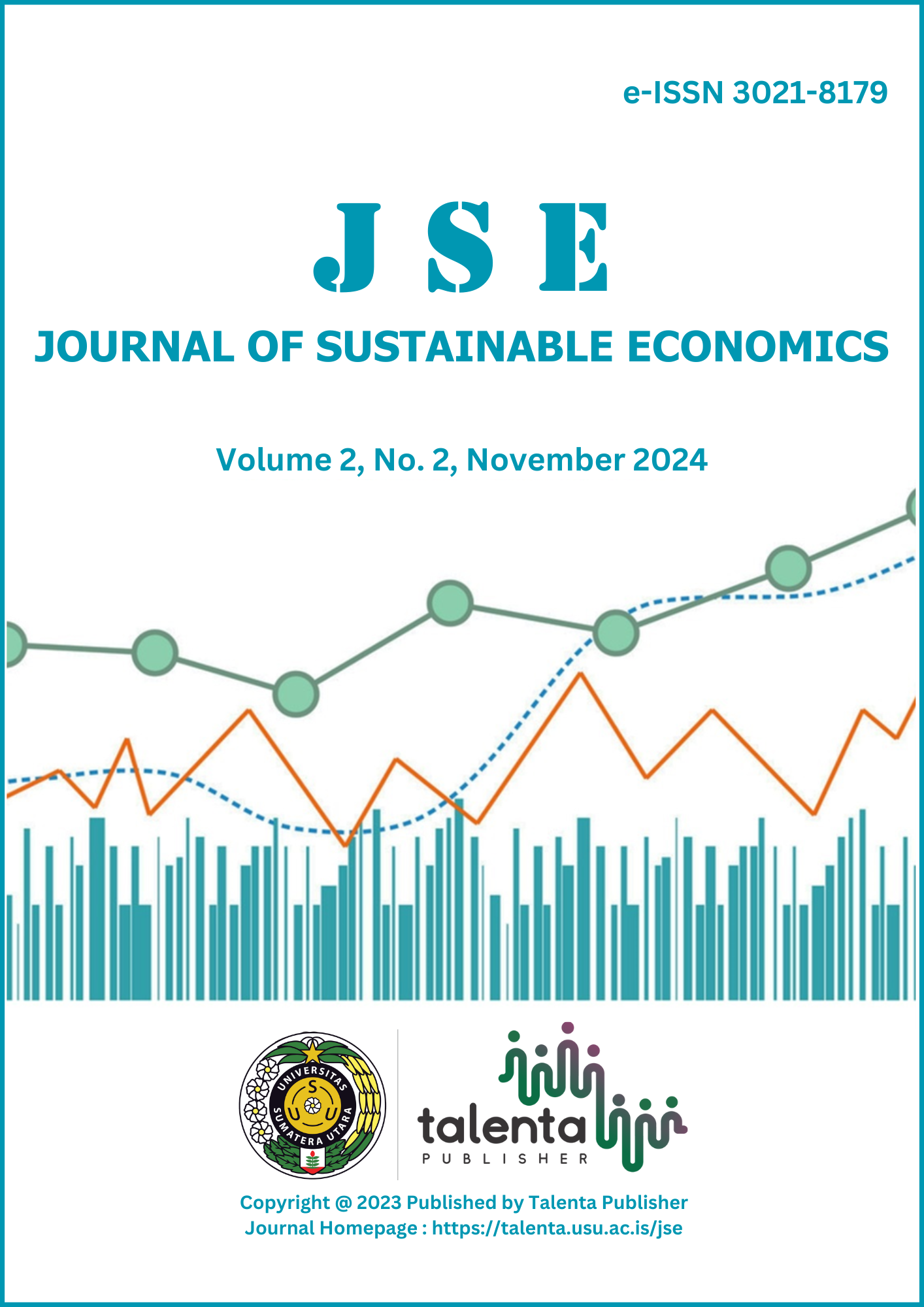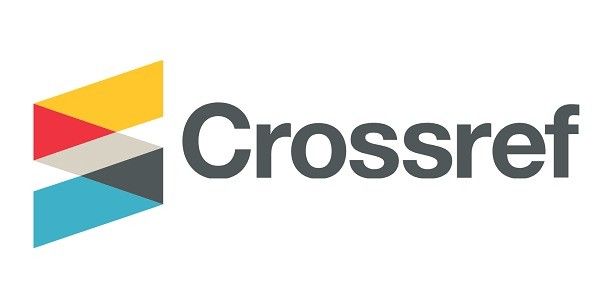Connectivity Infrastructure Spending and Its Indicator Achievement: Case Study of Southern Sumatra Region
DOI:
https://doi.org/10.32734/jse.v2i2.18708Keywords:
Government Spending, Connectivity Infrastructure, Achievement Indicator, Southern SumatraAbstract
Connectivity infrastructure is one of the crucial aspects in the development of a region. The Indonesian government has allocated a significant budget for connectivity infrastructure spending. The effectiveness of infrastructure spending reflects how much the connectivity infrastructure indicators have been achieved. The increase in connectivity infrastructure spending must be directly proportional to the rise in the quality and quantity of connectivity infrastructure. This study aims to analyze the correlation between connectivity infrastructure spending and the achievement of its indicators, especially in the Southern Sumatra region. The analysis method used is the Pearson Correlation analysis method, an approach to analyzing growth and the effectiveness of connectivity infrastructure spending. The results show that infrastructure spending and the achievement of its indicators have a relatively weak and negative correlation for roads and bridges. This study provides implications that the Southern Sumatra Region still needs improvement and evaluation between the distribution of government spending and program implementation for better regional development effectiveness.
Downloads
Downloads
Published
How to Cite
Issue
Section
License
Copyright (c) 2024 Journal of Sustainable Economics

This work is licensed under a Creative Commons Attribution-ShareAlike 4.0 International License.













